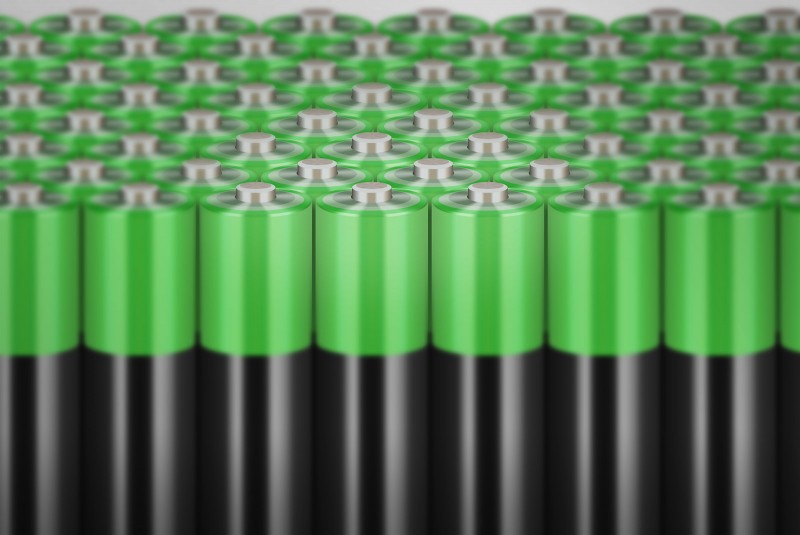We all know of lithium-ions, the chemistry used within batteries, which power everything from smartphones to electric cars. There are other chemistries too that do not receive quite as much attention. Familiar types such as Nickel Metal-Hydride (NiMH) are common place, but generally regarded as not being as useful as lithium-ion. However, there are plenty of other types of chemistry that offer similar performance to that of lithium-ion, but at a reduced cost. Of course, it is a game of pros and cons, as to which is the best to use, easy to manufacture – the raw materials don’t dig themselves up – and best performing.
A new battery type that uses sodium-ions has been developed by British battery start-up firm Faradion in collaboration with Williams Advanced Engineering and Oxford University. The new battery technology was demonstrated in an real-world e-bike application, as a proof-of-concept to showcase the capabilities of the battery chemistry. The following press release from Williams Advanced Engineering describes the fundamentals and exciting possibilities this new chemistry might be able to offer.
The project to demonstrate sodium-ion battery technology has been part-funded by Innovate UK, the UK’s innovation agency in its latest competition for ‘disruptive technologies in low carbon vehicles’. Although lithium-ion batteries are currently the predominant technology in electric and hybrid vehicles, as well as energy storage applications, sodium-ion has the potential to offer cost, safety and sourcing benefits. The base materials required for sodium-ion batteries are more easily sourced than those needed for lithium-ion batteries, which are only found in a limited number of markets around the world. Sodium salts used in sodium-ion batteries can be made from common salt, which is more abundant than lithium salt, and also available within the UK, providing possibilities for a British battery supply chain.
As a proof-of-concept, the cells for the e-bike have been manufactured to be larger than necessary, which helps to avoid unnecessary costs and lengthy manufacturing processes at this early stage. When optimised, the cells will be comparable in size to lithium-ion battery packs already on the market. As such, there is potential to exploit the technology for use in a wide range of electric and hybrid vehicles, as well as energy storage applications.
The e-bike battery pack is made up of four 12-cell modules that were designed and manufactured by Williams Advanced Engineering and controlled by a Williams designed battery management system. Williams is a proven leader in the design and manufacture of battery energy storage technology, having developed batteries for the Formula E electric racing series, Jaguar C-X75 hybrid supercar, and the Kinetic Energy Recovery Systems (KERS) that helped power the company’s Formula One racing cars from 2011-2013. Oxford University’s expertise has been used to maximise battery life and it is expected that as well as comparable performance, sodium-ion cells can offer a comparable lifetime to lithium-ion products.
Paul McNamara, Technical Director of Williams Advanced Engineering, said;
“Williams Advanced Engineering has a history of innovation in lithium-ion battery technology for a range of different applications and whilst lithium-ion is still the dominant choice of chemistry, sodium-ion is a fascinating alternative that could have real benefits in terms of cost and availability. We have worked closely with Faradion and Oxford University to explore its potential and today was about showcasing the concept in a real world application for the first time.”
Source; Williams Advanced Engineering

